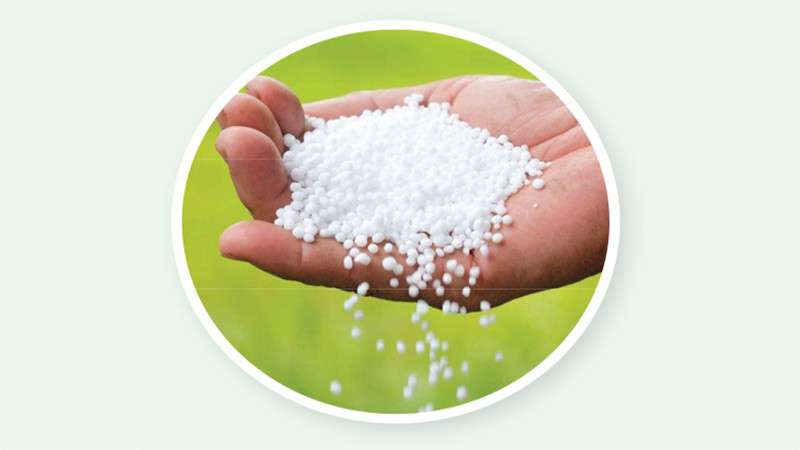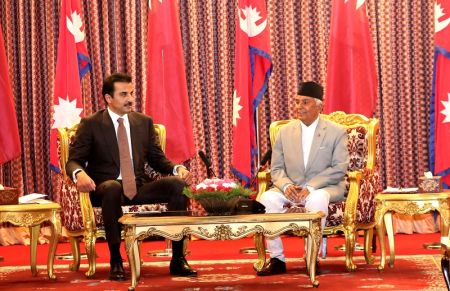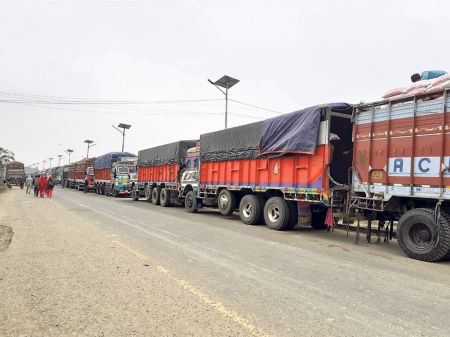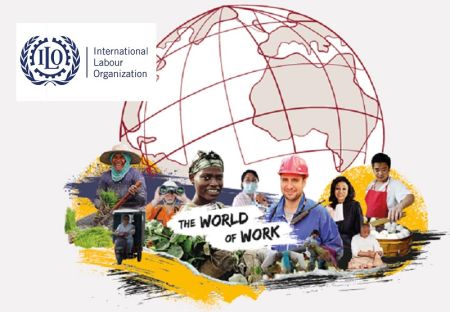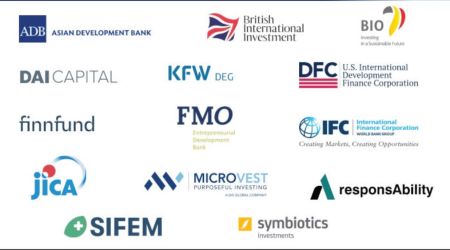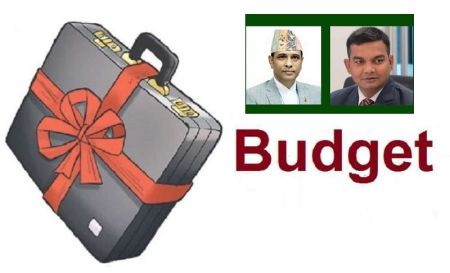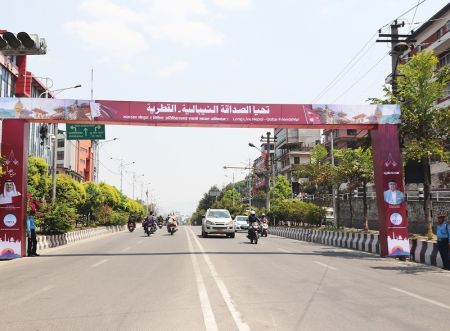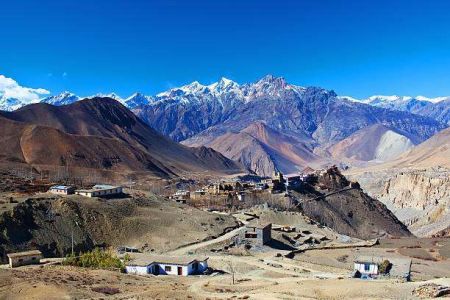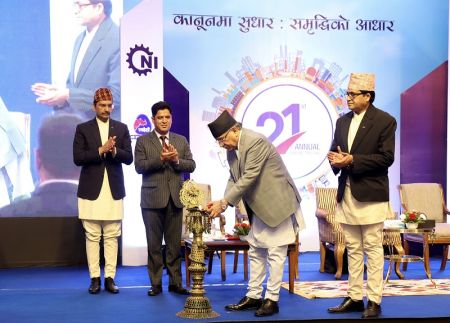July 12: Although the government has promised to import chemical fertilizers from India through the G2G process to address the acute shortage of fertilizer, the import process is still in limbo.
As per the agreement between the two countries, 150,000 metric tonnes of chemical fertilizer should be imported within the current fiscal year. But, as the year draws to a close, the process itself is uncertain.
Concerned officials say that the confusion has increased after India refused to provide fertilizer citing various legal issues.
The then Agriculture Minister Mahindra Raya Yadav himself had reached India to pave the way for the immediate supply of fertilizer through the GTG process after the shortage of fertilzier was reported at the beginning of planting season. However, his attempt has turned futile.
India not only delayed the process of supplying fertilizer but also reduced the amount of urea and DAP to be given in the first phase as per the agreement.
The ministry issued a statement at the end of June expressing its commitment to provide 70,000 tons of fertilizer through the GTG process by the end of July. However, India has reduced the amount and stated that only 15,000 tons can be sent to Nepal in the first phase.
The spokesperson of the Ministry of Agriculture and Livestock Development, Prakash Kumar Sanjel, said that the fertilizer could not be imported on time due to the weakness on part of the Indian side.
“India has shown some legal hurdles. So there has been a delay. We are in constant talks but there is still confusion about when the fertilzier will be available and in what quantity,” he said.
Rajendra Bahadur Karki, acting managing director of the Agricultural Inputs Company Limited, said the confusion was compounded when India initially refused to work as per its own commitment.
It was agreed between the two countries that India would transport the fertilizer to the warehouse of Agricultural Inputs Company Limited in Nepal. However, in recent times, India has been trying to backtrack from the agreement.
Karki said that Nepal has maintained that India should transport the fertilizer. However, that has not been possible as India refused to work under our Public Procurement Act.
According to the ministry, about 45 percent of paddy has been planted across the country by mid-July. This is 15 percent less than the same period last year. Stakeholders say that one of the reasons for the delay in paddy sowing is the extreme shortage of fertilizer.
According to Uddhav Adhikari, coordinator of the Agriculture Campaign for Food, farmers have not received government-subsidized fertilizer. He said that the farmers who need 50 kg of fertilizer have to settle for 10 kg this year.
He said that the farmers have not been able to apply DAP fertilizer. The 30,000 tons of urea brought by the Agriculture Inputs Company Limited through global tender will reach Nepal in the first week of July. The next consignment of 20,000 tons of DAP is said to arrive in Nepal by the third week of August. The state-owned company has 5,500 tonnes of urea and DAP in stock.


